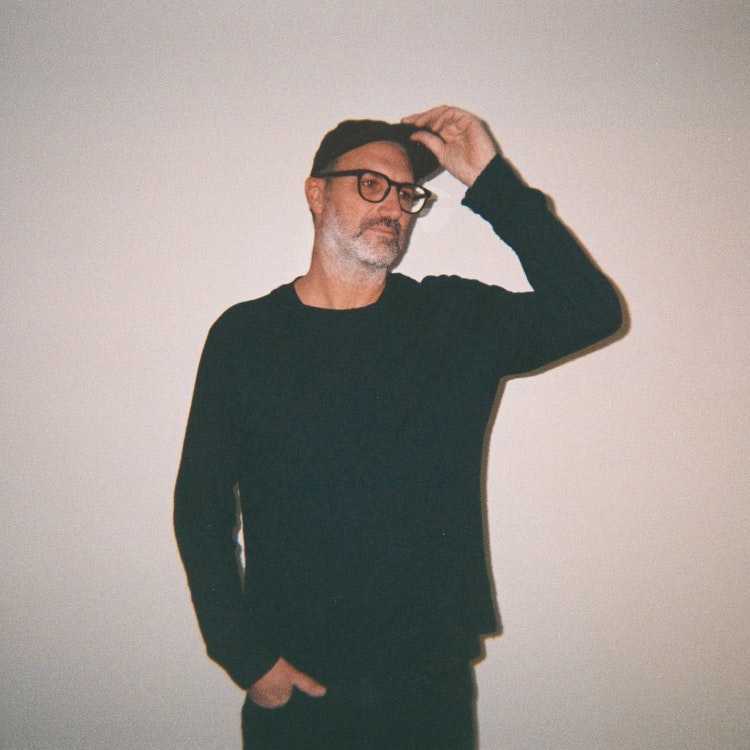
What do you think social design will look like in 2023?
We are leaving a year with a war in Europe and always more visible climate change. These persist in 2023 and a global recession looks likely. In general, I believe and expect that design will try to bring optimism to our lives.
I have to start by saying we should remember that furniture design for 2023 is mostly made two years ago, as this is the average time to develop something and put it into production. What we will see this year has been designed and developed during the pandemic. From these designs under development, companies will decide which products will go into production during the year.
In the last two years, we have seen many new designs answering the problems Covid has created in our society, with an increasing number of relaunches of classic furniture, and a focus on the home furniture market. I think and hope that this year we will see more courageous, optimistic and innovative design pieces.
I expect even more of a mix between small-scale and mass production, where both will find space in our homes and public spaces. As I believe companies and designers have had more time to develop ideas, I’m expecting products with higher quality details and more unexpected solutions as a result of more in-house research time.
I’m also confident we will see a new form of mass production. More prominent companies have taken sustainability efforts into new products in a completely new way, meaning mass-produced design is not always the devil anymore.
In conclusion, my prediction for how furniture design will look in 2023 will result from the design made during the pandemic. Lively colours, optimised shapes, innovative material and construction solutions will be the parameters that mark the products we will see on the market.
What was your favourite recent furniture design project and why?

If I have to pick one project, I’ll pick Raw Color’s Temperature Textile series. I like everything about this project: the idea behind it, the execution and the design details.
The idea was to raise awareness about environmental issues and at the same provide a way to keep warm without turning on the heating. Climate change data was used to create the patterns.
It’s a collection of blankets, scarves and socks knitted with infographics for either temperate change, sea-level rise or greenhouse gas emissions; by adding the data pattern, they wanted to create pieces that draw attention to climate change and chose to focus on data because the studio regards it as an “essential visual” of the facts.
The flat-knit blankets feature the different emission scenarios modelled by the UN Intergovernmental Panel on Climate Change, with one design focusing on temperature, one on sea-level rise and the last on emission rises. Each line represents one year from 2000 until 2100. The double-knit blankets have a more complex collage of visualizations as the process allows for two interlocked layers of fabric to be created at the same time, incorporating height differences and embossing effects.
I like this project because I like to see design as a way to express opinions and highlight problems.
Banner image courtesy of Raw Color.

- Design disciplines in this article
- Industries in this article






